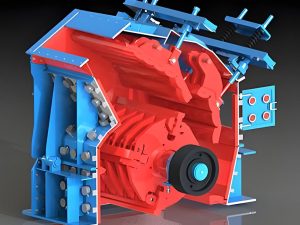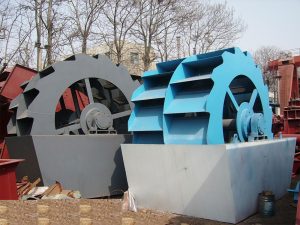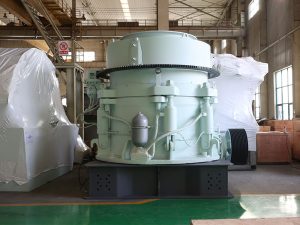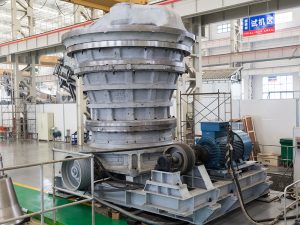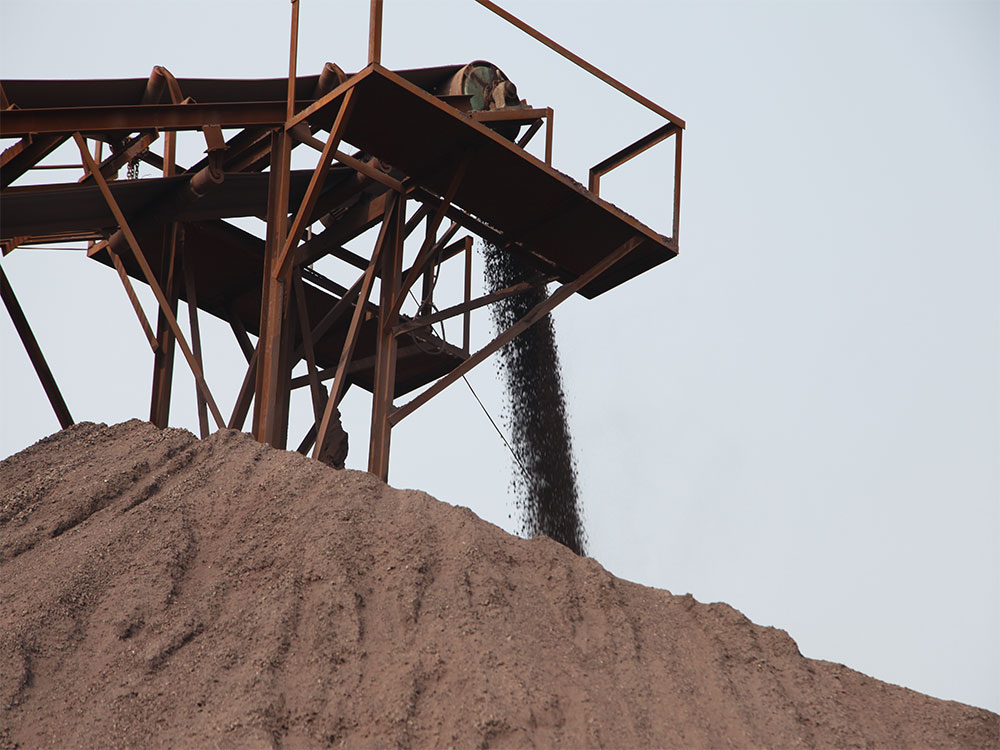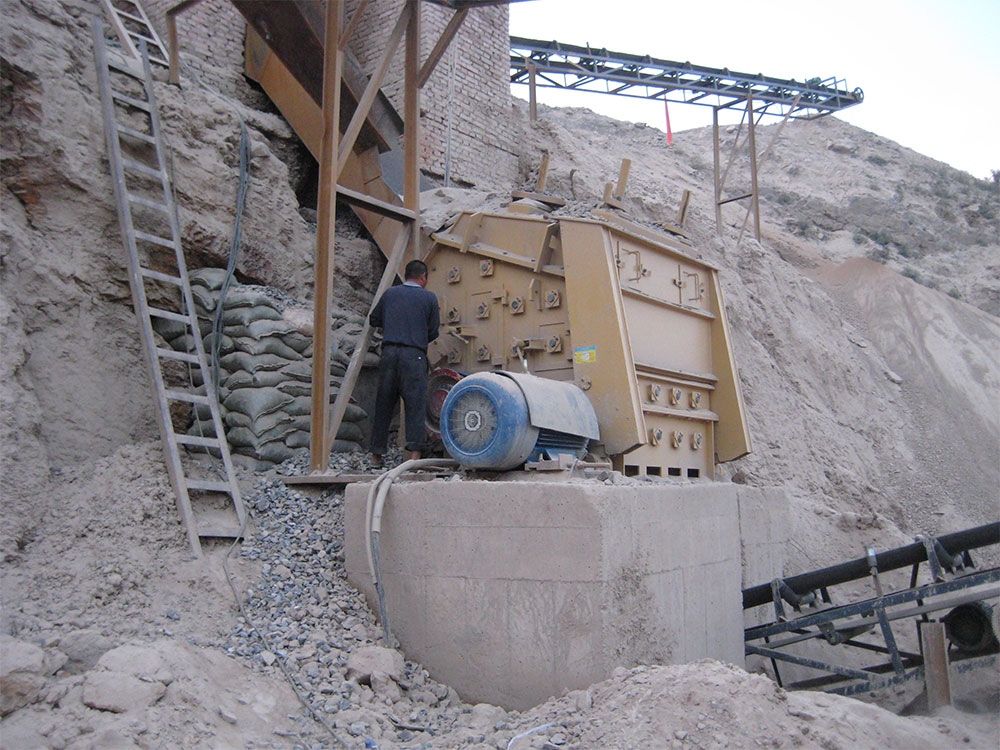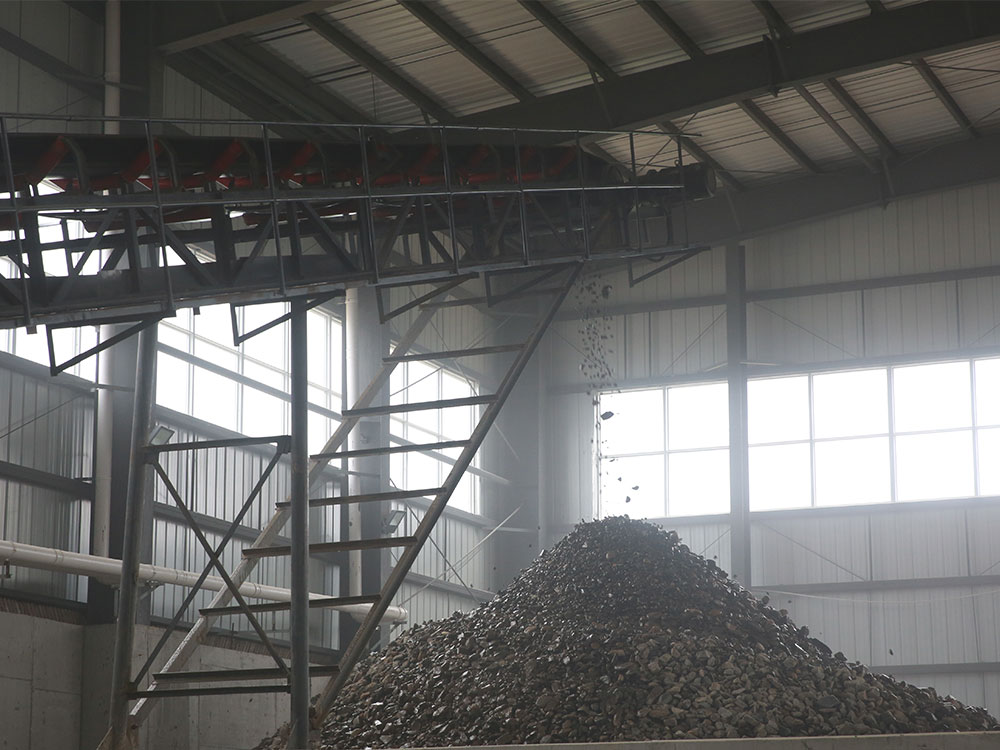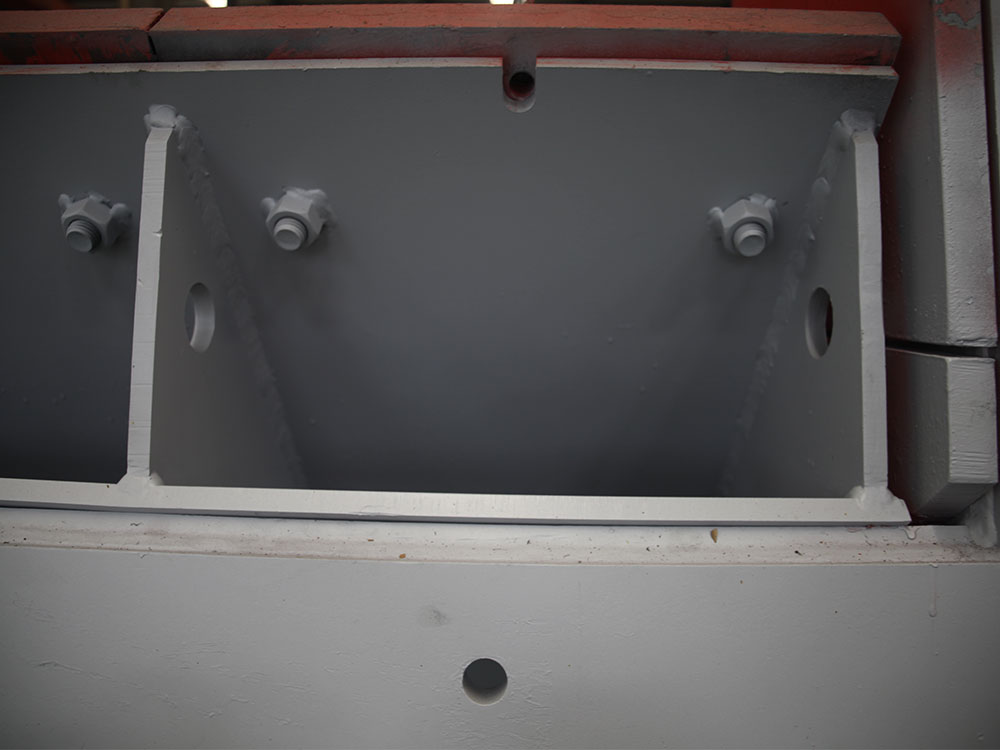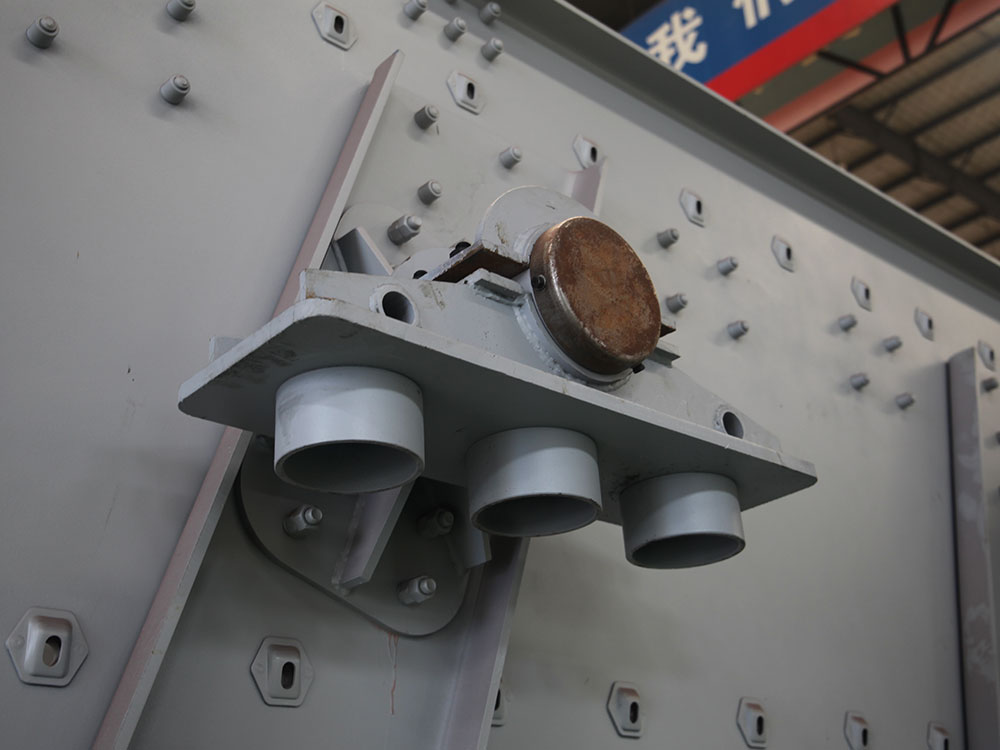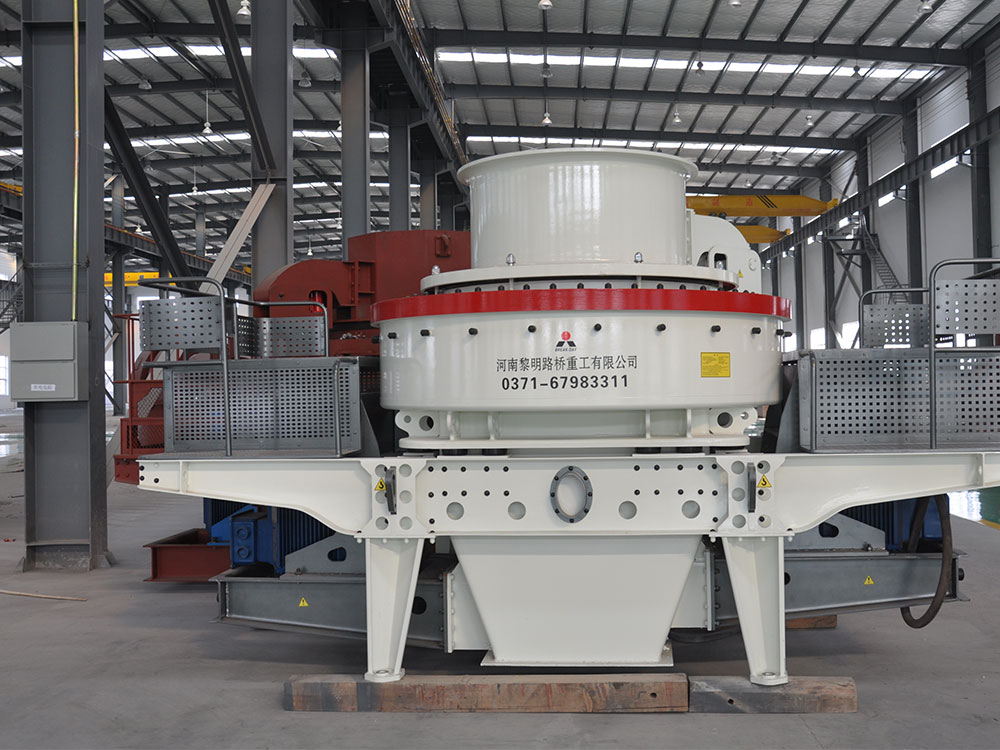Introduction to Basalt Ballast Production
Basalt ballast, a critical material in railroad construction and civil engineering, is derived from the crushing and screening of volcanic basalt rock. The basalt ballast production process and equipment play a pivotal role in delivering high-quality, durable aggregates that meet industry standards. This article explores the intricacies of producing basalt ballast, the machinery involved, and its diverse applications, while emphasizing the technical and operational advantages of modern production systems.
Understanding the Basalt Ballast Production Process
Basalt ballast refers to uniformly graded crushed stones used primarily for stabilizing railroad tracks. Its exceptional load-bearing capacity, resistance to weathering, and angular shape make it ideal for distributing weight and ensuring track durability.
The production of basalt ballast involves several stages, each requiring specialized equipment:
1. Quarrying and Primary Crushing
- Basalt rock is extracted from quarries using drilling and blasting techniques.
- Primary crushers, such as jaw crushers or gyratory crushers, reduce large basalt blocks into smaller fragments (150–200 mm).
2. Secondary and Tertiary Crushing
- Cone crushers or impact crushers further process the material to achieve a particle size of 25–50 mm, suitable for ballast.
3. Screening and Grading
- Vibrating screens segregate crushed basalt into specified size fractions (e.g., 25–50 mm for railway ballast).
4. Washing and Final Quality Check
- Sand washers remove dust and fines, ensuring clean, contamination-free ballast.
- Quality control systems verify compliance with standards like AREMA or EN 13450.
Applications of Basalt Ballast
The basalt ballast production process and equipment cater to industries requiring robust, long-lasting aggregates:
1. Railway Infrastructure
- Provides stability to railroad tracks, preventing lateral movement and subsidence.
- Preferred for high-speed rail networks due to its vibration-damping properties.
2. Road Construction
- Used as a base layer for highways to enhance load distribution and drainage.
3. Landscaping and Erosion Control
- Decorative basalt ballast serves in garden pathways and coastal erosion barriers.
4. Concrete Production
- Crushed basalt acts as a coarse aggregate in high-strength concrete mixes.
Technical Specifications of Basalt Ballast Equipment
To ensure optimal performance, basalt ballast processing equipment must meet specific technical parameters:
Equipment Type Key Specifications
Jaw Crusher Feed Size: ≤1,500 mm; Capacity: 100–1,500 t/h
Cone Crusher Closed Side Setting: 10–50 mm; Power: 75–600 kW
Vibrating Screen Screen Area: 5–30 m²; Layers: 2–4
Sand Washer Water Consumption: 30–200 m³/h; Capacity: 50–400 t/h
Advantages of Modern Basalt Ballast Production Systems
Investing in advanced basalt ballast production machinery offers several benefits:
- High Efficiency: Automated controls reduce downtime and labor costs.
- Consistent Quality: Precision crushing ensures uniform particle size distribution.
- Sustainability: Dust suppression and water recycling systems minimize environmental impact.
- Scalability: Modular designs allow customization for small or large operations.
Choosing the Right Basalt Ballast Equipment
When selecting basalt ballast production process equipment, consider the following:
1. Production Capacity: Match equipment size to your output requirements.
2. Material Hardness: Ensure crushers are rated for basalt’s high compressive strength (up to 300 MPa).
3. Regulatory Compliance: Verify adherence to safety and environmental standards.
4. After-Sales Support: Opt for suppliers offering maintenance training and spare parts.
The basalt ballast production process and equipment are essential for delivering high-performance aggregates critical to infrastructure projects worldwide. By leveraging advanced crushing, screening, and washing technologies, manufacturers can achieve superior product quality while optimizing operational efficiency. Whether for railways, roads, or construction, basalt ballast remains a cornerstone of modern engineering, underscoring the importance of investing in reliable, state-of-the-art production systems.
For more information on customizing your basalt ballast processing line, contact industry-leading suppliers to explore tailored solutions for your project needs.


